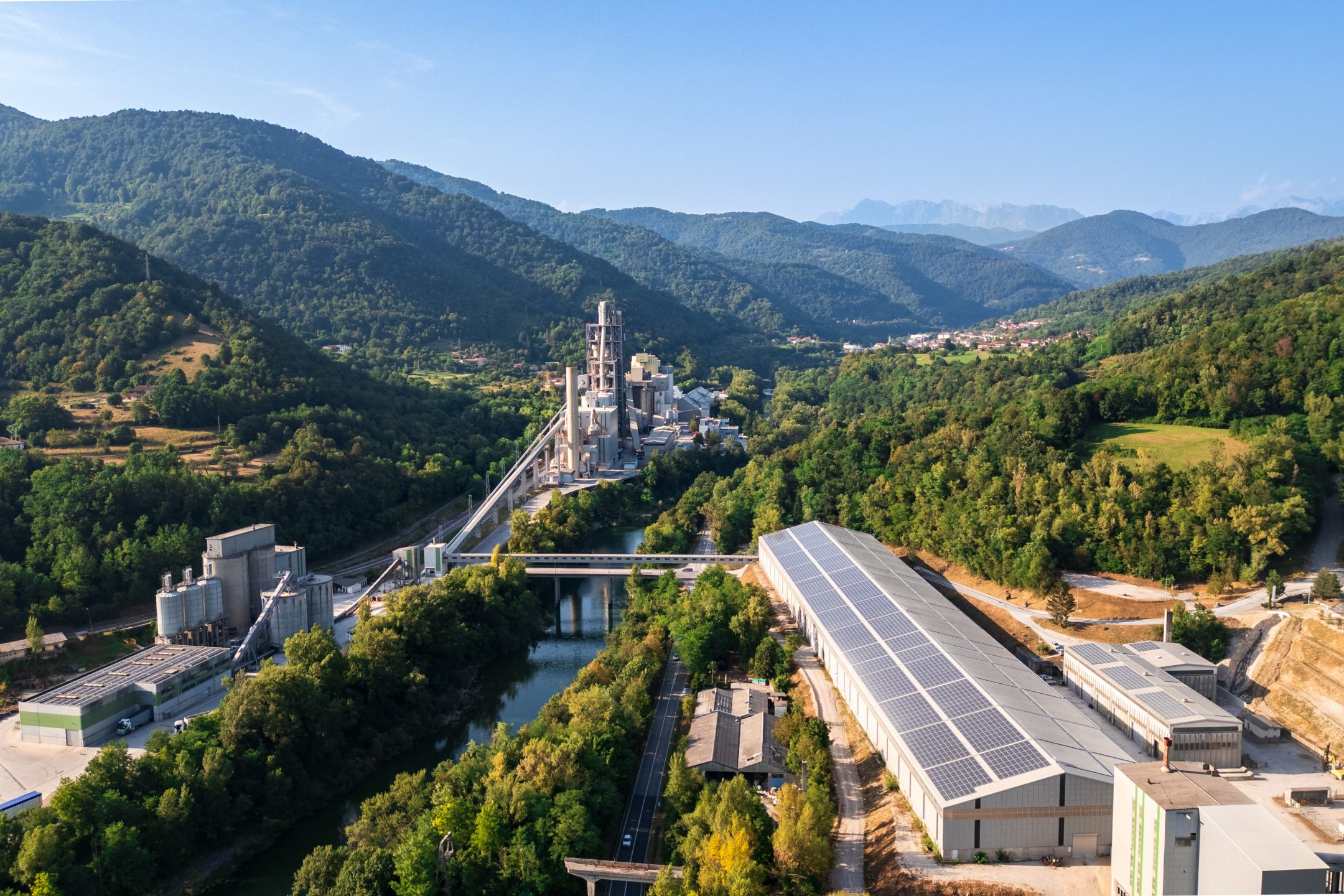Slovenia is a hotspot for climate change
In recent years, Slovenia has witnessed undeniable signs of climate change, warned experts at today's Chapter Zero gathering in Occidental Hotel in Ljubljana, organised by Chapter Zero Slovenia. From record-breaking weather events to economic disruptions and environmental threats, the country is at a critical juncture.
»Climate change is undeniably real«, said Andrej Gnezda, acting director at the Directorate for Climate Policies at Slovenia’s Ministry of the Environment, Climate and Energy, citing the extreme weather events in Slovenia last summer. He highlighted how these events are profoundly affecting the economy: “Economic unpreparedness is evident in cases like the automotive factory (KLS Ljubno), which had to halt production due to its premises being flooded.«
He added that the window of opportunity to achieve our climate goals is shrinking, but this has sparked a global competition for green economy, with Europe aiming to be climate-neutral by 2050 – an economy with net-zero greenhouse gas emissions. Resources are increasingly directed toward green technology and sustainable practices, underscoring the urgent need for collaboration between the government and businesses.
A rapidly changing atmosphere
Žiga Zaplotnik, PhD, from the European Center for Medium-Range Weather Forecasts (ECMWF) and the Faculty of Mathematics and Physics of the University of Ljubljana, painted a dire picture of the rapidly evolving climate. He noted that in the past two years, the composition of the atmosphere has changed at a tenfold faster pace than ever before. These changes have far-reaching consequences, including rising sea levels due to warmer water. Zaplotnik also pointed out that the increasing water vapor in the air is particularly impactful on Slovenia.
“The Alps are a hotspot for climate change, and Slovenia is one of the fastest-warming habitable regions. Our scenario, based on current policy changes, suggests that by the end of the century, Slovenia’s climate could resemble that of North African countries.”
The average temperature in Slovenia has already risen by 2.5 degrees Celsius, Zaplotnik said, which has significant implications for the country’s infrastructure, much of which is built on outdated climate data models.This was evident during the August flooding, he added: »Without climate change, the country’s infrastructure can withstand up to 200mm of rainfall. However, with changing weather patterns, Slovenia has experienced rainfall as high as 300mm (in August), pushing the limits of its infrastructure.«
Climate change is everyone’s responsibility
Though governments and businesses have to lead the way to combat climate crisis, participants at the event also emphasised the crucial role of Individual responsibility in mitigating climate change. The ideal target for each person is to produce no more than 2,500kg of CO2 emissions per year, stressed Meta Pezdir, project manager at Circular Change. To assist individuals in this endeavor, Finland has developed the PSL web application – a CO2 footprint calculator designed to aid people in tracking and reducing their CO2 emissions.
Larisa Grizilo, head of human resources and communications at A1 Slovenia, underscored that the root of the environmental crisis is human behavior characterised by greed, selfishness, and apathy. A cultural transformation is essential to drive meaningful change, she noted.
Businesses like Evrosad, a producer of fruits and vegetables, are feeling the impact of climate change through reduced product quantities and higher prices. Zavarovalnica Sava, a leading insurer, highlighted the need to update risk assessment models due to shifting climate patterns.
Slovenia, like the rest of the world, is at a crossroads where climate change is no longer a future concern but an immediate reality. Experts, businesses, and individuals must come together to address the challenges and embrace sustainable practices to secure a better future for the country and the planet.









